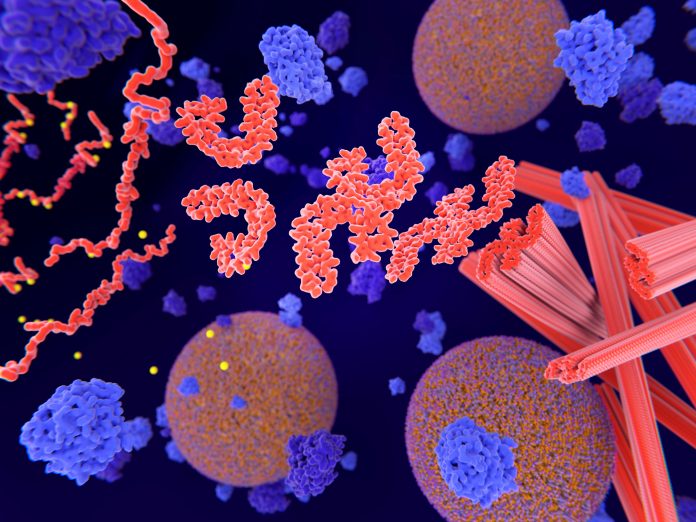
A research team led by the Broad Institute of MIT and Harvard has mapped gene expression across six areas of the brain linked to Alzheimer’s disease using a single-cell transcriptomics approach.
Writing in Nature, the authors explain that they were able to map 1.3 million cells from 283 post-mortem brain samples donated by 48 individuals with and without Alzheimer’s disease.
“Specific brain regions are vulnerable in Alzheimer’s and there is an important need to understand how these regions or particular cell types are vulnerable,” said co-lead author Li-Huei Tsai, PhD, Picower Professor of Neuroscience and director of The Picower Institute for Learning and Memory and the Aging Brain Initiative at MIT, in a press statement.
“And the brain is not just neurons. It’s many other cell types. How these cell types may respond differently, depending on where they are, is something fascinating we are only at the beginning of looking at,” Tsai continued.
Alzheimer’s is a disease associated with aging and impacts almost seven million people in the U.S. over the age of 65, with women and Black or Hispanic populations disproportionately affected by the condition.
During the disease process of Alzheimer’s, amyloid beta protein misfolds to form amyloid plaques and tau protein forms what are known as neurofibrillary tangles in the brain. However, it is a complex disease pathway, which differs between individuals, and there are still unknowns.
In this study, Tsai and colleagues identified 76 cell types linked to the disease. For example, specific types of astrocytes, excitatory neurons, and an “inhibitory interneuron population” only seen in the thalamus.
They also identified particular types of neurons that are depleted in Alzheimer’s patients and found that regulation of these neurons is linked to a protein called reelin.
“We can think of reelin as having maybe some kind of protective or beneficial effect,” said study co-author Leyla Akay, a graduate student in Tsai’s lab. “But we don’t yet know what it does or how it could confer resilience.”
Notably, the team also identified some factors that seem to protect against the effects of Alzheimer’s disease. Astrocytes expressing genes linked to antioxidant activity, choline metabolism, and polyamine biosynthesis seemed to protect against cognitive decline, even in the presence of amyloid and tau buildup in the brain.
Although there is current optimism in the field linked to the approval of Eisai/Biogen’s lecanemab last year and Eli Lilly’s donanemab earlier this month, these treatments are not a cure and only act to slow the disease in early stage patients. They are also not suitable for everyone with Alzheimer’s.
The findings of the current study highlight the complexity of the disease, but also shed new light on pathogenic pathways that could be targeted by new therapies. The researchers have openly shared the dataset and tools to aid analysis and visualization on the website of co-lead author Manolis Kellis, PhD, professor of computer science and head of MIT’s Computational Biology Group, with a view to encouraging further research and analysis.













